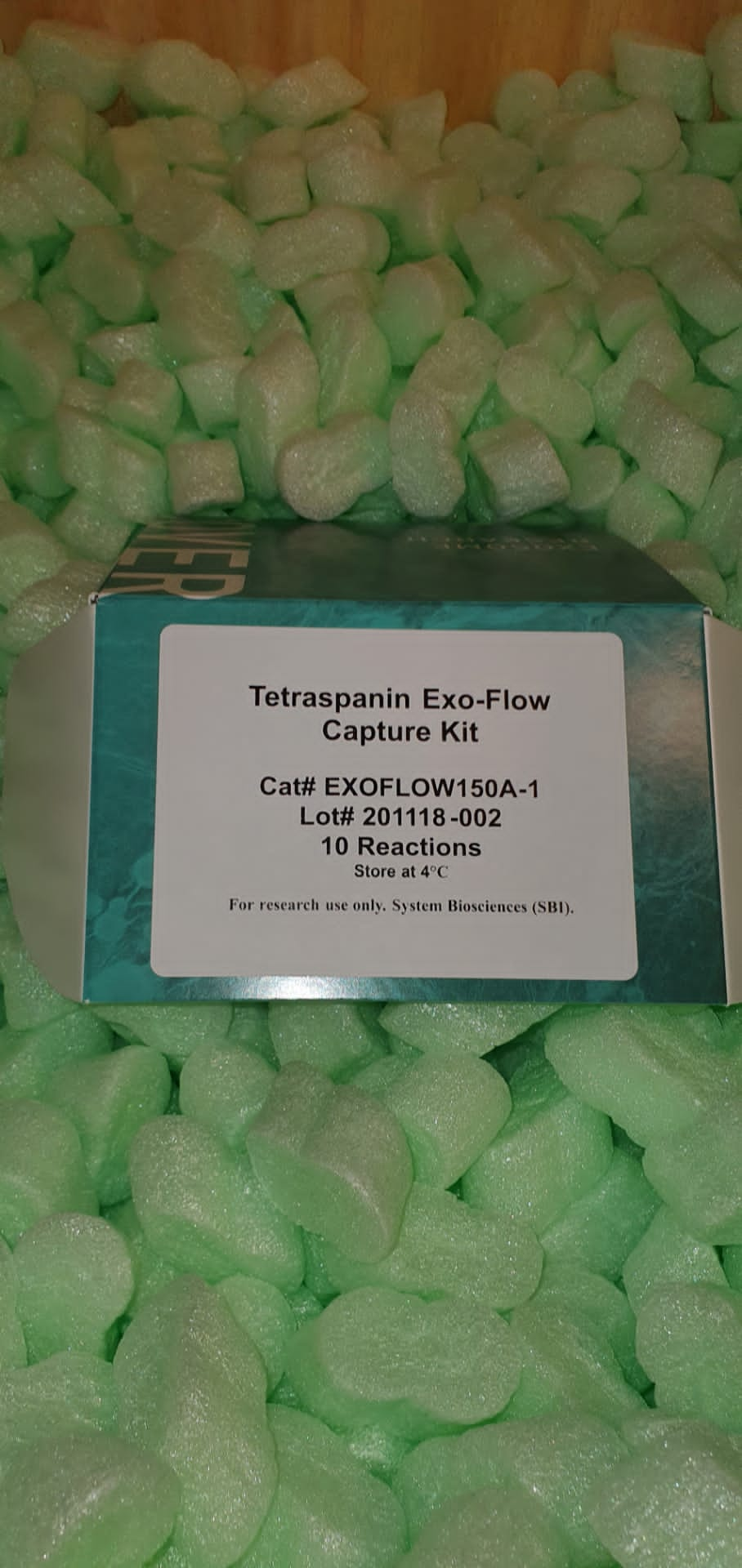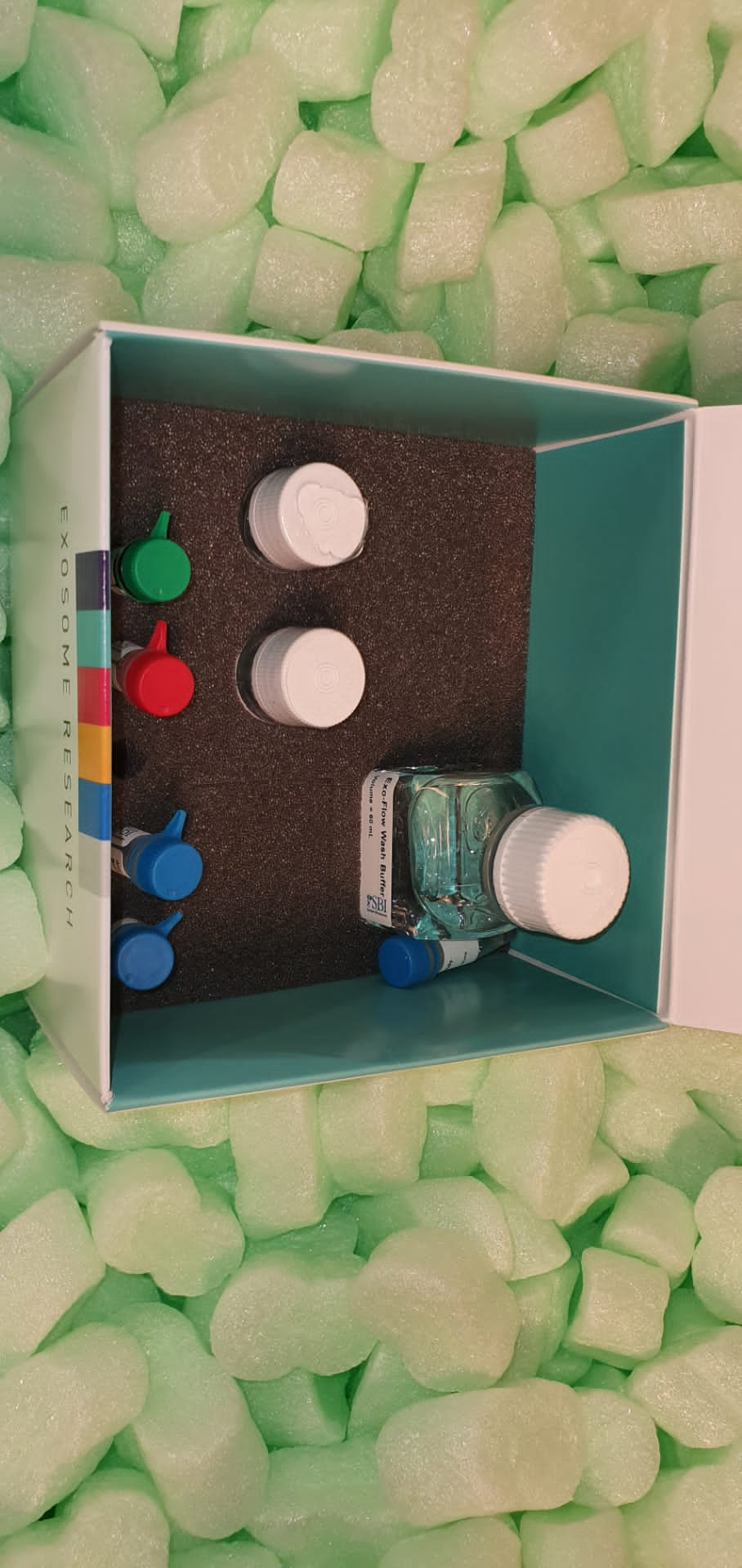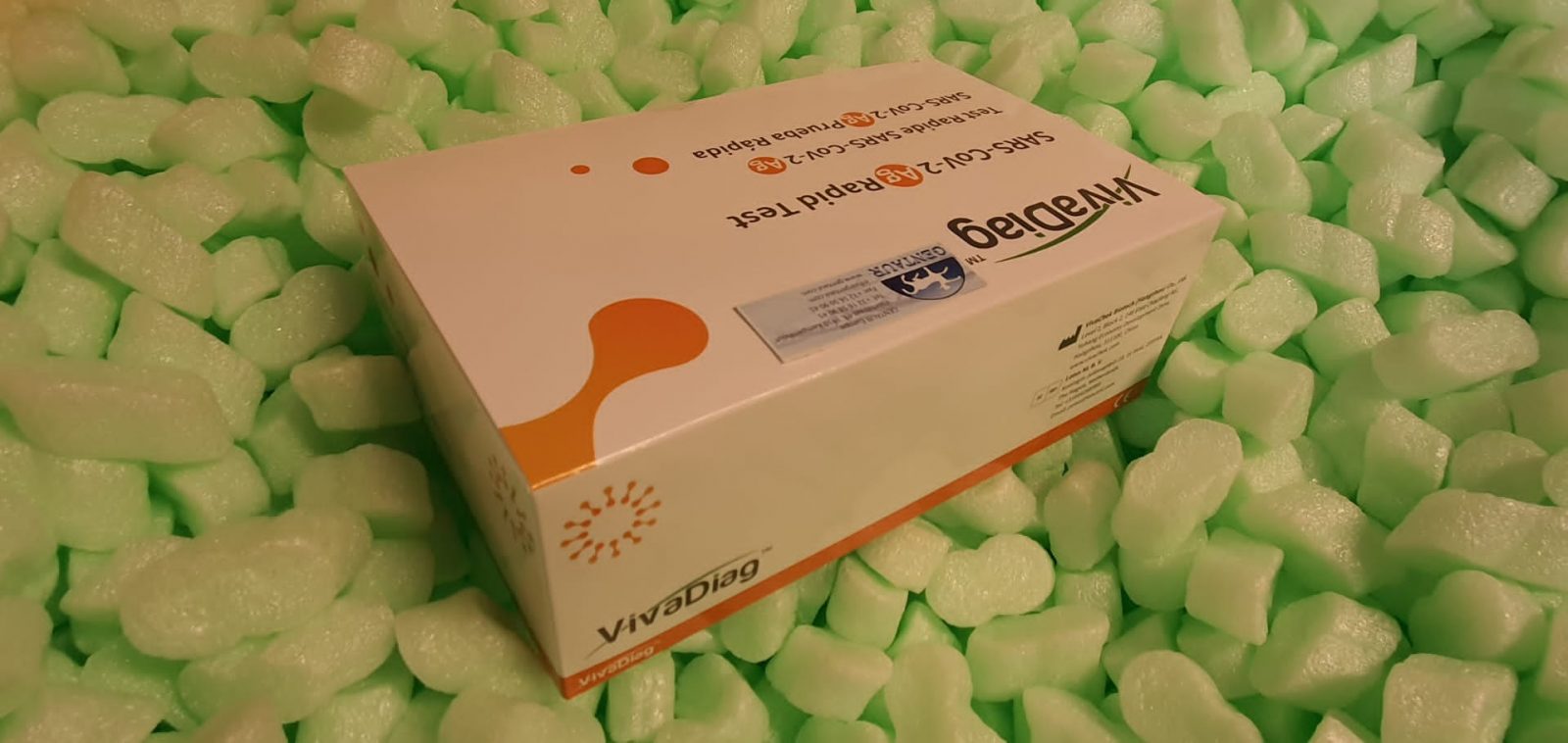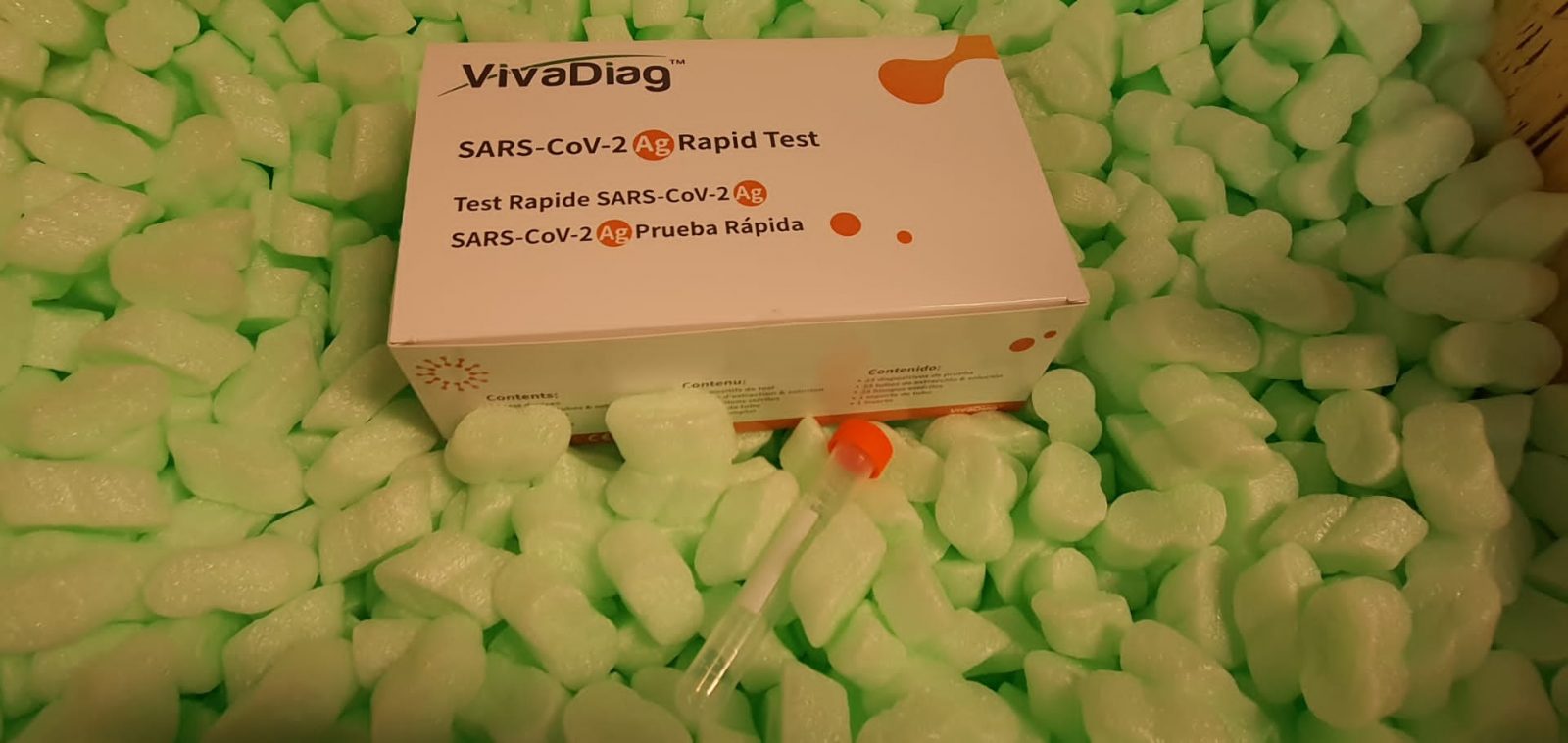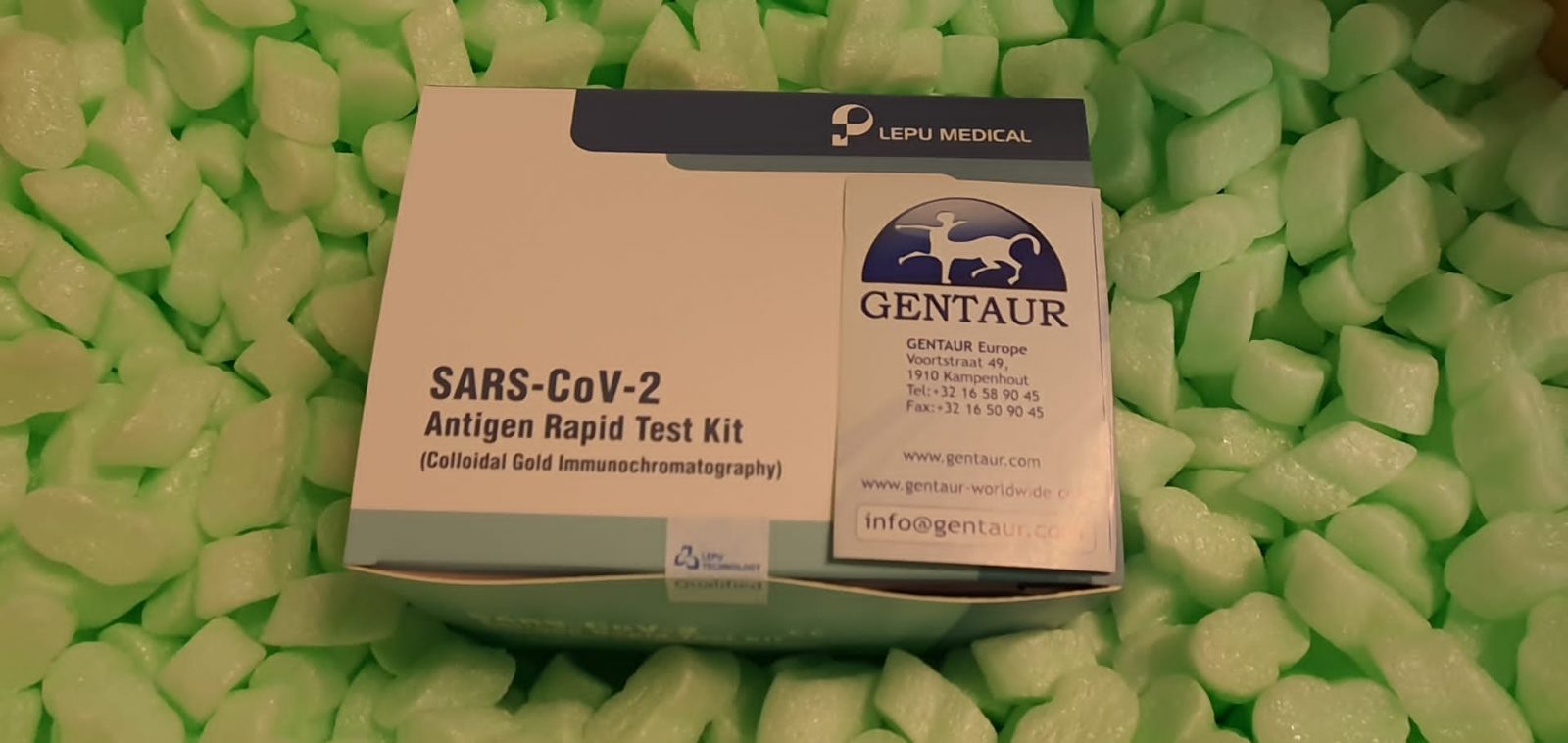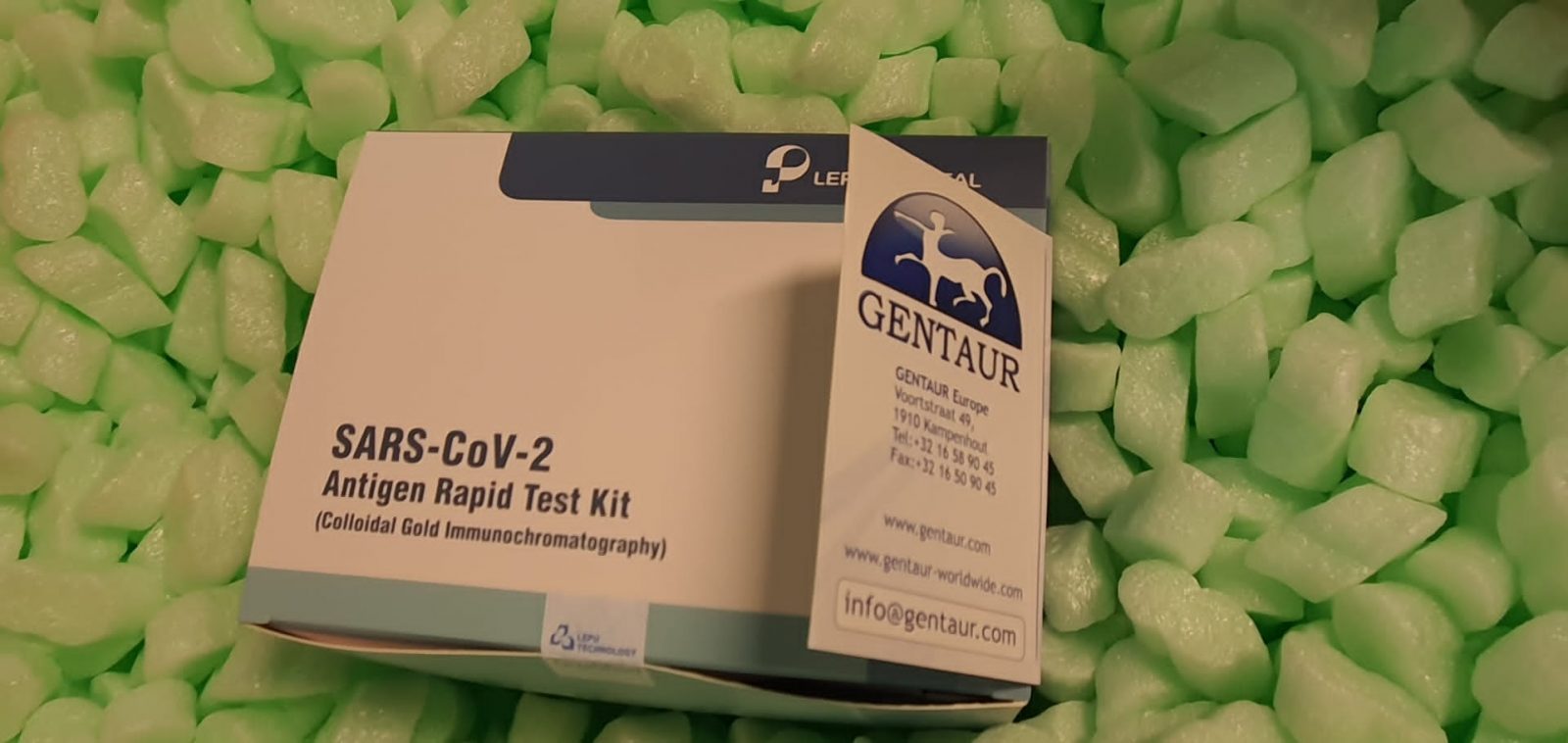Idiopathic hyperckemia has been described as persistent serum creatine kinase (CK) elevation at the least 1.5 occasions the higher restrict…
Severe acute respiratory syndrome coronavirus 2 (SARS-CoV-2) an infection (coronavirus illness 2019; COVID-19) is related with hostile outcomes in sufferers…
It has been unraveled that microRNAs (miRNAs) performed essential roles in processes of human illnesses, whereas the position of miR-494-5p…
Non-alcoholic fatty liver illness (NAFLD) is related to weight problems, insulin resistance and dyslipidaemia and at present is estimated to…
CaveolinThree variants related to arrhythmogenic cardiomyopathy and muscular dystrophy can disrupt post-Golgi floor trafficking. As Caveolin1 was not too long…
The mechanisms underlying the hypoxic most cancers cell-mediated differentiation of cancer-associated fibroblasts (CAFs) haven’t been elucidated but. The current examine…
Caveolae, plasma membrane invaginations that function membrane organizing facilities, are present in most cell sorts, however are enriched in adipocytes,…

